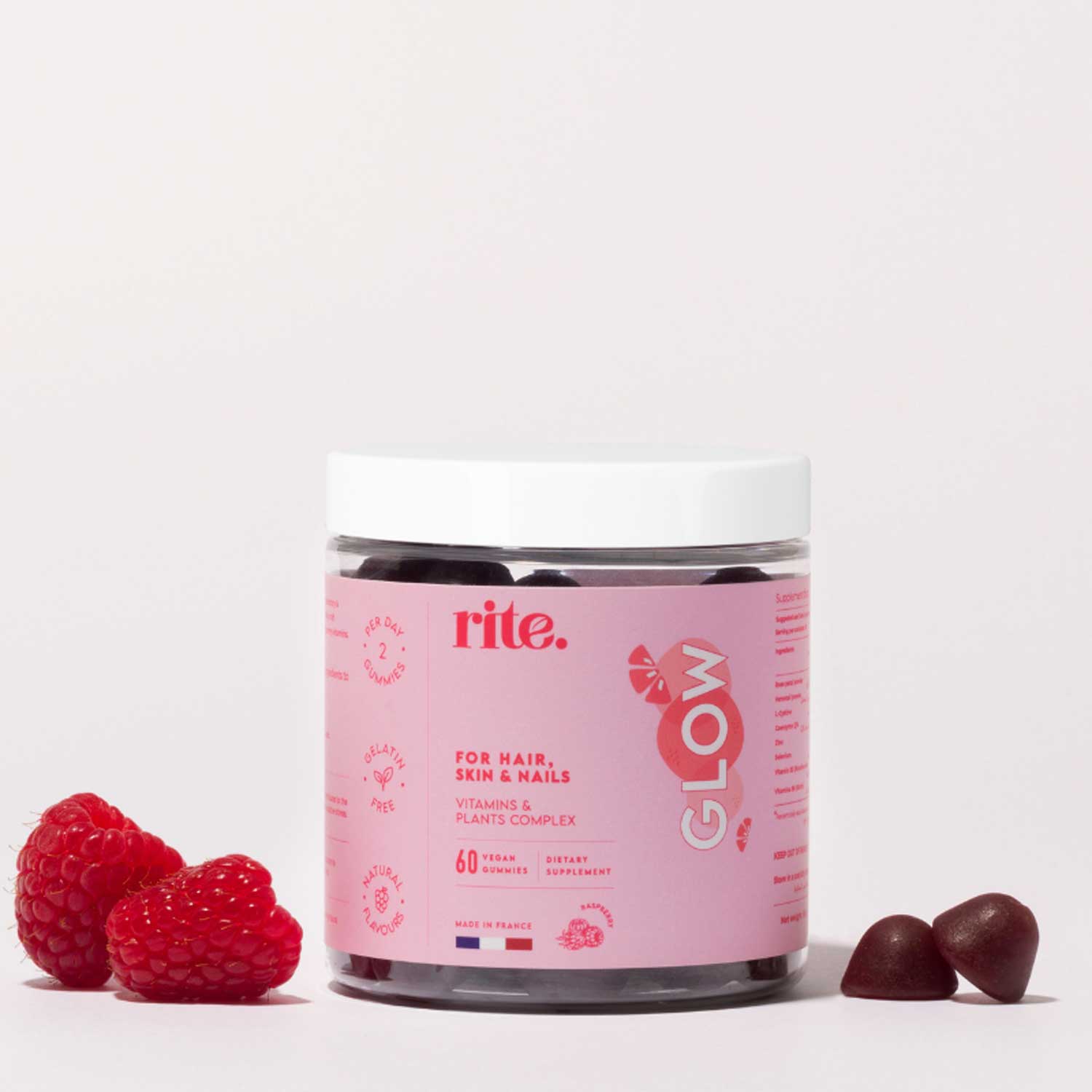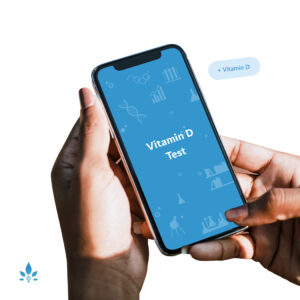How can Children With Milk Allergies get Enough Vitamin D?


Vitamin D is an important nutrient for the formation of bones as well as overall health, so getting enough is important, especially if your child has a food allergy. In children, low vitamin D may cause rickets (a softening of the bone resulting in bow legs) or symptoms of low blood calcium, such as seizures.
The recommended intake of vitamin D is 600 IU per day for everyone over one year of age. Newborns and infants need 400 IU per day.
Children may get vitamin D from food, exposure to the sunshine, and vitamin supplements.
Food
There are foods that are naturally rich in vitamin D, such as fish, but many children aren’t eating enough fish in their diets.
Dairy products, especially milk and some yogurts and cheeses, are fortified with vitamin D. While a cup of milk is fortified with approximately 100 IU of vitamin D, some other foods, like cheese, butter, and yogurt are fortified at lower levels, or not fortified with vitamin D at all.
However, if your child is allergic to dairy, these foods will not be an option and you’ll need to find other sources of this important vitamin.
A milk substitute, such as soy milk, maybe a good source of vitamin D for a milk allergic child. Be sure to read the label on the product to determine vitamin D content (a Daily Value of 20 percent or more is a good source of vitamin D). Most children are encouraged to drink three servings of milk each day, but this will only net about half of the recommended vitamin D (about 300 IU) intake.
Selected foods and vitamin D content
[table “27” not found /]Sunshine
According to the Vitamin D Council, children may not get enough vitamin D from food. Combining sunlight and food sources of vitamin D may help them get enough.
Large amounts of vitamin D3 (called cholecalciferol) are made in the skin when it’s exposed to sunlight, particularly in the summer. However, there is a risk of skin cancer with unprotected sun exposure, so children may not be getting significant amounts of vitamin D from the sun, especially if they are lathered up on the beach with sunscreen.
To date, there is no evidence to show that you can safely expose your skin to the sun without increasing the risk of skin cancer. The Vitamin D Council suggests the following recommendations for safe exposure to sunlight:
Expose your skin for about half the time it takes for it to turn pink and begin to burn. This could be 15 minutes for a fair-skinned person, or a couple of hours for a dark-skinned person.
The more skin you expose, the more vitamin D is produced.
Skin produces more vitamin D during the middle of the day.
The closer to the equator you live, the easier it is to produce vitamin D from sunlight all year round.
Pale skin makes vitamin D more quickly than darker skin.
Sunscreen blocks a lot of vitamin D production.
Vitamin D supplements
Certain populations, such as breastfed babies, are at higher risk for vitamin D deficiency and should follow these supplementation recommendations:
Newborn babies who are breastfed should take a vitamin D supplement, according to the AAP.
Exclusively and partially breastfed babies should receive 400 IU of vitamin D each day starting in the first few days of life and continuing up until babies are weaned to at least 1 liter or 1 quart of vitamin D fortified formula or milk a day.
Breastfeeding for long periods of time without complementary solid foods or vitamin D supplementation has been shown to cause rickets, especially in dark-skinned infants.
For children who are allergic to milk, fish, or shellfish, a multivitamin containing vitamin D is prudent if your child is not consuming enough vitamin D from food. Continue to include allergen-free vitamin D foods and safe exposure to sunshine.
Dark-skinned children have been shown to be deficient in vitamin D, with deficiency rates of about 33 percent, according to the Centers for Disease Control and Prevention. Consider supplementation if you or your child is also allergic to foods rich in vitamin D.
Children who live in the north, or spend a lot of time indoors, may consider a supplement, especially during the winter months.
Vitamin D deficiency
Vitamin D deficiency is diagnosed by a blood test. If your child is diagnosed with a vitamin D deficiency, he or she may be prescribed a supplement by your pediatrician.
Discuss the overall supplement plan with your health care provider. If you do start a vitamin D supplement, you will still want to eat more foods with vitamin D content and get outside (safely).
Sources:
- Vitamin D Council
- How do I get the Vitamin D my body needs?
Institute of Medicine - Dietary Reference Intakes for Calcium and Vitamin D.
National Institutes of Health - Vitamin D.
Centers for Disease Control and Prevention - CDC’s Second Nutrition Report.
National Institutes of Health - A Review of Vitamin D Treatment in Pediatric Patients.
Powered by Bundoo®












































